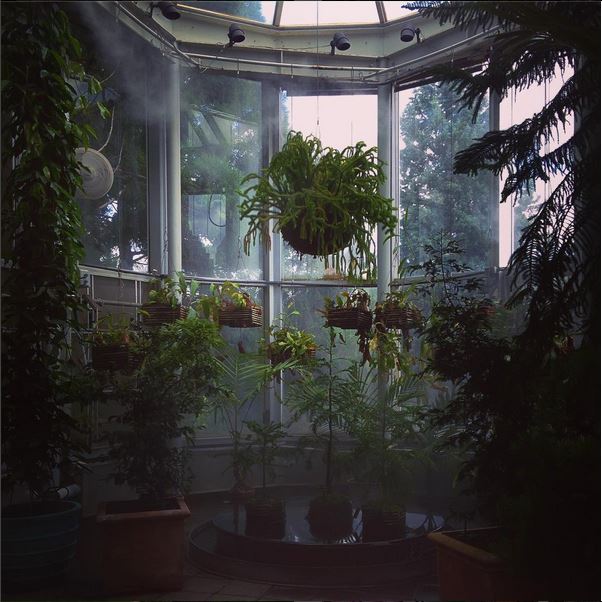Botanical gardens are among my favorite places in the world. I find them both relaxing and stimulating, offering something for all of our senses. Botanical gardens are valuable for more than just their beauty. They serve a deeper purpose than simply showcasing endless poinsettia varieties or yet another collection of Dale Chihuly pieces (a phenomenon I can't quite wrap my head around). Botanical gardens are vitally important centers of ex situ plant conservation efforts.
Ex situ conservation literally means "off site conservation," when plants are grown within the confines of a botanical garden, often far away from their native habitats. This is an important process in and of its own because housing plants in different locations safeguards them from complete annihilation. Simply put, don't put all your endangered eggs in one basket.
I don't think botanical gardens get enough credit for their conservation efforts. Sadly, such endeavors are often overshadowed. That's not to say we don't have a good handle on what is going on. In fact, a study published in August of 2017 looked at the status of ex situ plant conservation efforts around the globe.
The paper outlines a conservative estimate of the diversity of plants found in botanical gardens and highlights areas in desperate need of improvement. Utilizing a dataset compiled by Botanic Gardens Conservation International (BGCI), the team found that the world's botanical gardens contain somewhere around 30% or 105,209 of the 350,699 plant species currently known to science. In total, they estimate humanities various living collections contain representatives from roughly 90% of the known plant families. That is pretty impressive considering the scale of plant diversity on our planet.
Proportions of the world's plants represented in botanical garden collections (Source)
Their research didn't stop there either. The team dove deeper into these numbers and found that there are some serious discrepancies in these estimates. For instance (and to my surprise), botanical gardens house more temperate plant species than they do tropical plant species. They estimated that nearly 60% of the world's temperate plant species are being grown in botanical gardens around the world but only 25% of tropical species. This is despite the fact that most of the world's plants are, in fact, tropical.
Similarly, only 5% of botanical garden collections are dedicated to non-vascular plants like mosses and liverworts. This is a shame not only because these plants are quite interesting and beautiful, but they also are descendants of the first plant lineages to make their way onto land. They are vital to understanding plant evolution as well as plant diversity.
As I mentioned above, ex situ conservation efforts are critical in fighting plant extinctions across the globe. With 1/5 of the world's plants at risk of extinction, the authors of the paper were particularly interested in how botanical gardens were doing in this regard. They found that although various institutions are growing nearly half of all the known threatened plant species on this planet, only 10% of their collection space is devoted to these species. It goes without saying that this number needs to improve if we are to stave off further extinctions.
Taken together, this study paints an interesting and informative picture of botanical garden collections on a global scale. They are doing amazing work to protect and showcase plant diversity. However, there is always a need for improvement. More space and effort needs to be made in ex situ plant conservation efforts. More plants, especially little known tropical species, need to be brought into cultivation. More space must be devoted to propagating threatened and endangered species. Finally, more attention must be given to natural plant diversity rather than gaudy cultivars. If you love botanical gardens as much as I do, please support them. As the authors so eloquently summarize, "Without deep sustained public support, the plant conservation movement will struggle."
Further Reading: [1]






